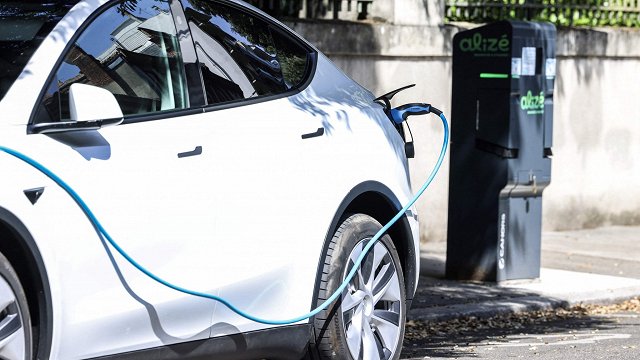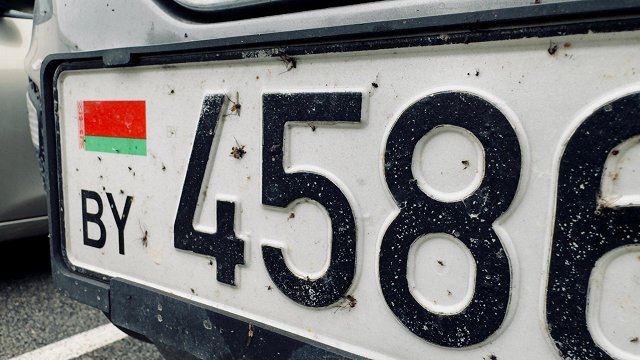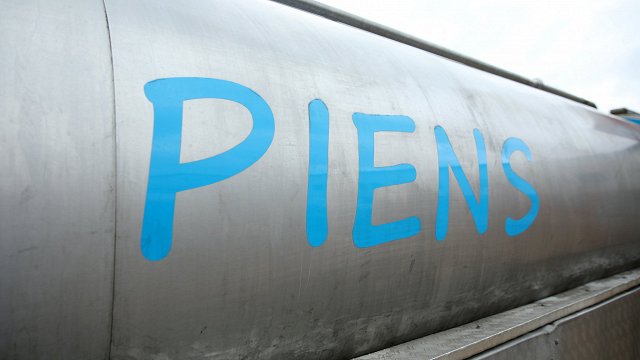Moreover, the activity is also evident in the new car segment, not just used ones, which were popular during tight restrictions as people needed a means of transportation with no extras. Corporate client deals are also gradually increasing.
Meanwhile, traders smile at government rules because amicably they stipulate that customer flow must be controlled by shopping baskets. So, a customer might be choosing their Bentley while holding a shopping basket.
In the first three months of the year, more than 12,000 passenger cars have been registered in Latvia, which is almost nine per cent less than in the first quarter last year, according to the Road Safety Directorate (CSDD) which describes our external market. The Directorate's representative, Ieva Bērziņa, said that March had already shown positive trends.
“In January and February, 4,000 to 5,000 new vehicles were registered for the first time, registered in Latvia. In March, that figure is 8,000. If we compare by class, the largest increases in March have been in the field of personal vehicles, trucks, motorcycles, of course, with spring, and mopeds,” the CSDD spokeswoman said.
Good results are also reported by car re-registration data, which is like a litmus paper for the internal market.
In January and February, cars were replaced by around 15,000 owners, while there were 21,000 such deals in March.
“(..) That market has come to life and people may have realized that life is going to continue. (..) New vehicles come into the market, and people are likely to have means, and of course they are preparing for summer and trips around Latvia. We look at March and the coming months positively,” said Bērziņa.
The president of the Latvian association of used car dealers and the director of a dealership, Uģis Vītols, explained that the downturn in the car market was driven by side effects dictated by restrictions when people thought about survival.
“And also the fact that the car could no longer be looked at onsite, it could only be done remotely. It also represents a sharp change in historical events such as car sales and purchase. It's always been a face-to-face relationship,” said Vītols.
However, unlike the new car market, used cars were also bought during the pandemic. “Segments related to cars designed to drive from point A to a point B, their trade increased slightly so that one had some kind of vehicle to move with. But I wouldn't say it was something very grandiose and increased significantly […],” said Vītols.
“There was a moment when such – cheap segment cars– were purchased to simply move from point A to point B.”
With more sunny weather, life has returned to the market for new cars, and March is already showing a 35% increase against last March, said Andris Kulbergs, president of the Auto Association.
“First of all, you can finally see that there are corporate deals. At the time of Covid-19, there were no such big corporate deals, tenders, public procurement. March specifically stands out in commercial transport, which is plus 83% in March figures. This is largely due to a number of corporate transactions (…),” said Kulbergs. “Another interesting feature is that leasing has come to life. (..)”
Thus, it appears that the banks have again started to credit the purchase of the car. Downtime is still on the market for new electric vehicles, with the number of second-hand electric-car transactions increasing, 44 vehicles being sold in March.






























